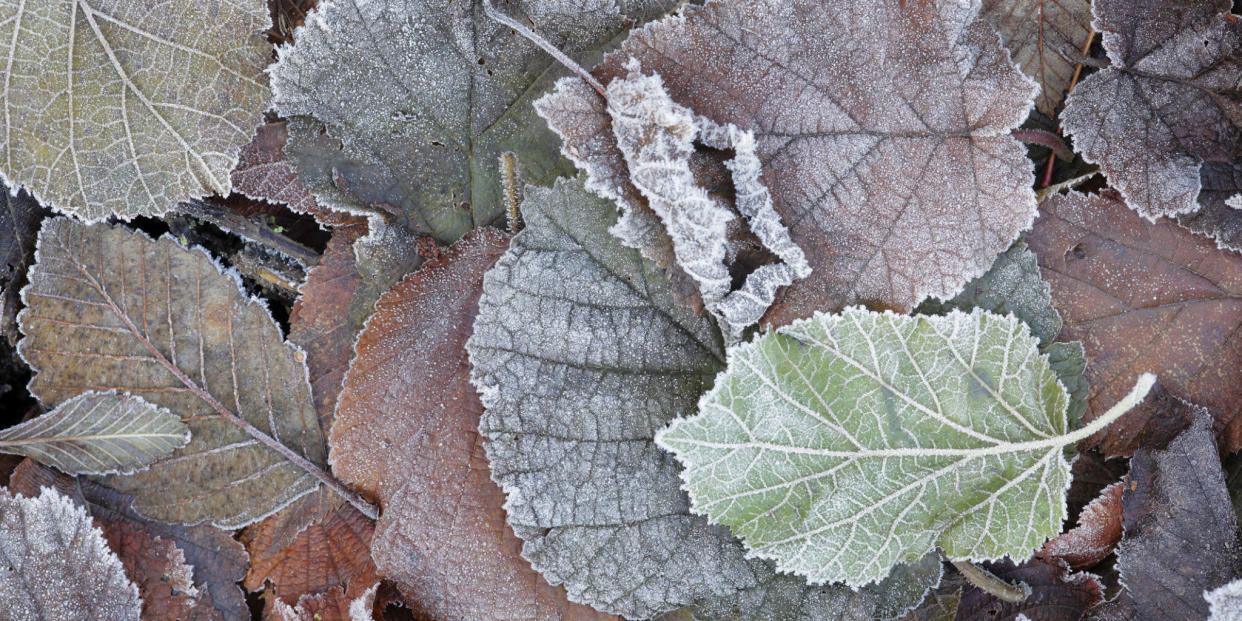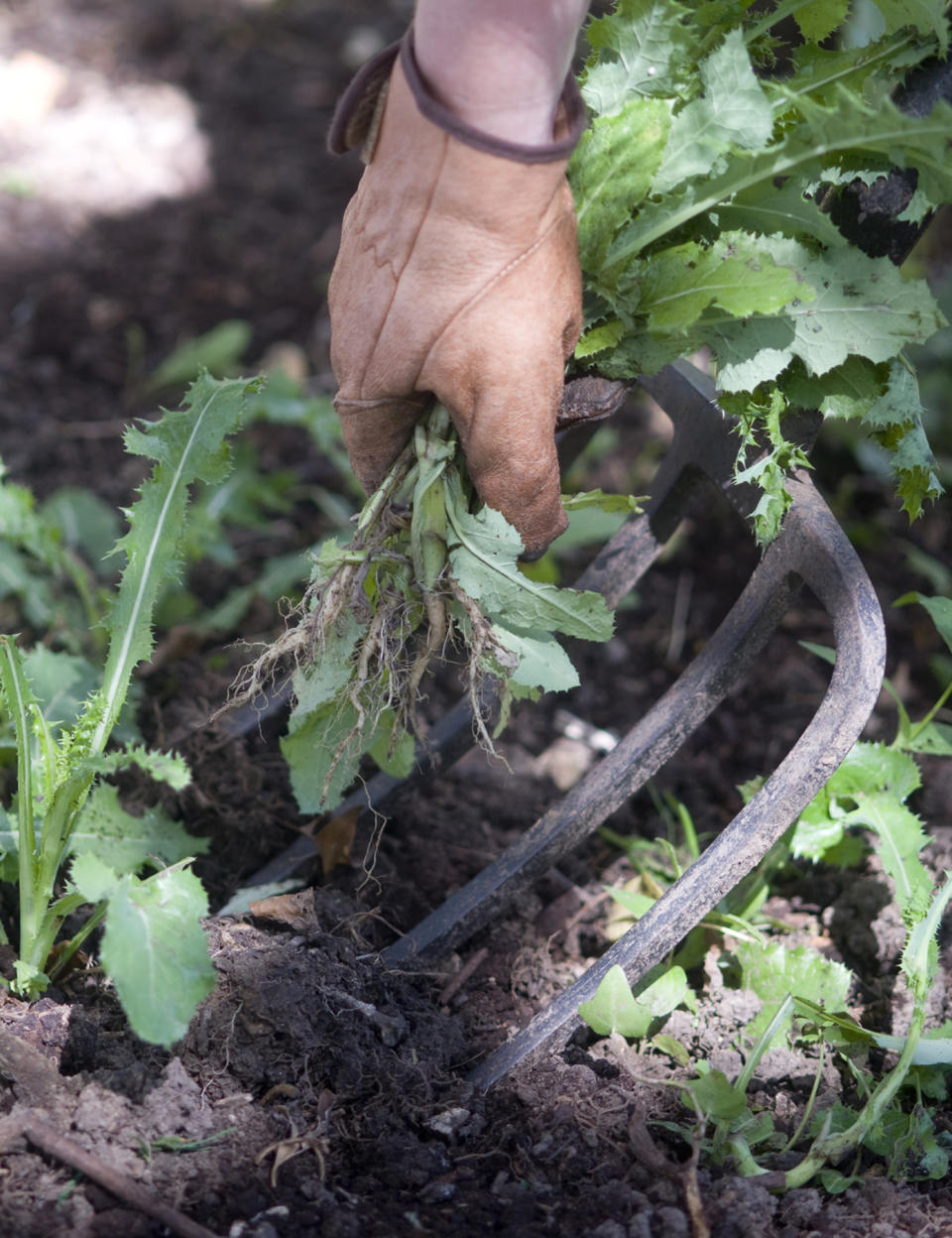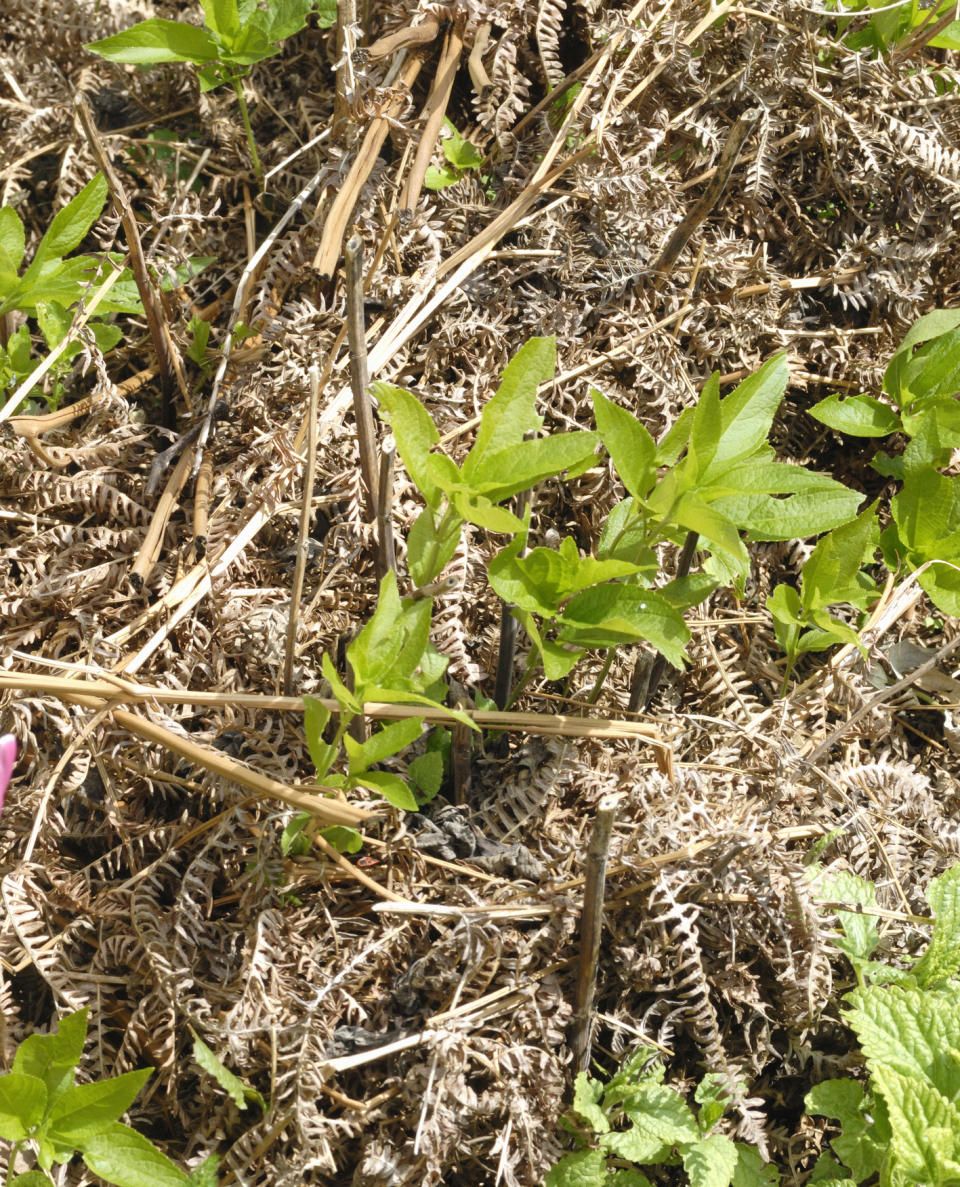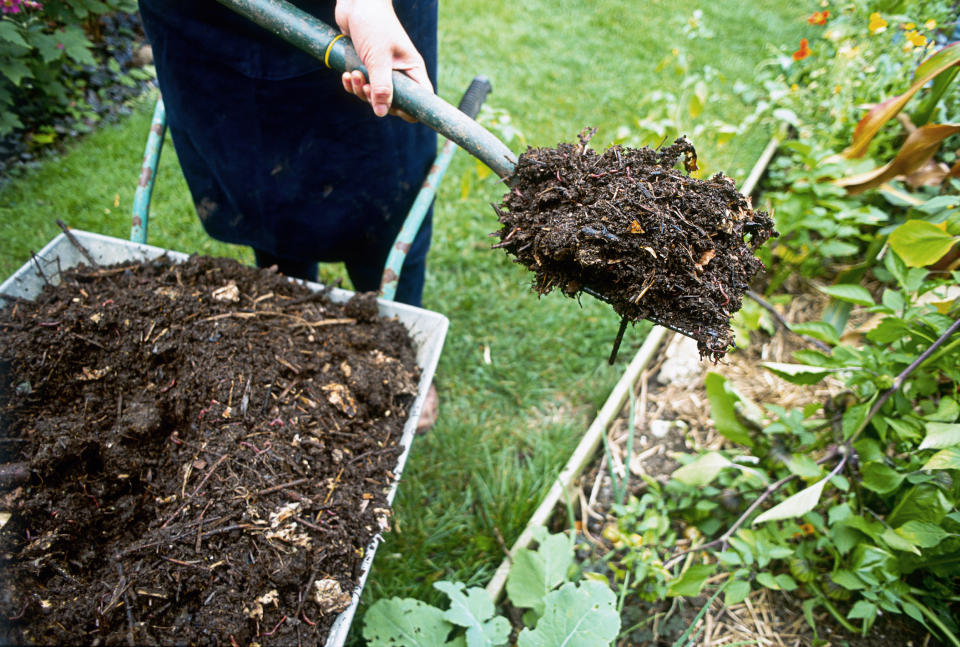9 essential gardening tasks in preparation for winter

The temperatures have dropped, we're wrapping up warm, and some of us have already started to turn the heating on at home.
While we get back into full-on hygge mode, it's also time for gardeners to tend to their cherished outdoor space, preparing for the cold, dark weather. But with so many garden tasks to do, where exactly is best to start? We asked the experts at Olive Grove about what essential garden tasks need to be carried out to prepare for a winter garden, and they share their expertise on how to clear up your outdoor space and ensure it remains well-maintained throughout the winter months.
Read their definitive guide to preparing your garden for winter below:
1. Dig Up Annual Plants
Annual plants such as poppies, snap dragons and sweet peas are popular for introducing vibrant summer colours into our gardens. While you might think that digging them up completely is counter-productive, especially when they were such a colourful addition, they are well known for not surviving the cold months and can be difficult to maintain. It's far more productive to dig them up and add them to the compost pile.

2. Winter Colour
As the golden tones of autumn give way to the 50 shades of winter grey, the garden can become rather dull. There are plenty of flowers that provide some much needed colour in the colder months; plants such as heather, cyclamen, pansies and snowdrops that can be grown in pots and hanging baskets to bring pops of colour.

3. Fertilise The Lawn
Hot dry weather, paddling pools and lawn games throughout the summer months can leave our grassy areas needing some serious TLC. By fertilising your lawn, you are providing it with the nutrients that will restore its health and encourage growth, meaning that by the time next summer rolls around, you will have a luscious lawn to enjoy.
If you are going to fertilise your lawn, you should take the time to carry it out thoroughly. Begin with raking, or scarifying, the grass to reduce thatch build-up, before aerating with a garden fork; these activities allow improved movement of air and water in the root structure of your lawn.
The final stage is to apply a top dressing of well-rotted compost, loam and sand.

4. Cover Your Pond
In all honestly, this is a time-saving exercise. The winter months kindly bring driving rain, snow, gusts and gales, resulting in garden ponds and water features becoming filled up with garden matter, causing blockages and undesirable sights (and smells!) as they rot.
By clearing and covering the pond in the early autumn months, you are reducing the amount of work that will be required of you when spring comes back around.
Just as important – by covering your pond, you are also giving wildlife a greater chance of surviving as it reduces the chance of it freezing over completely.

5. Weeding
Let's be honest – weeds are a gardener's ultimate nemesis. By investing your time now in a serious de-weed of the garden, you won't have another mammoth task on your hands when the weather warms up again.
Whether you need to clear the flower bed, the lawn or those irritating weeds that present themselves between the cracks in your patio or decking, be sure to use a combination of old fashioned elbow grease and weed killer. And research the solution you need so that it doesn't have any adverse effects on other plants.

6. Trim The Perennials
Kudos to perennial plants, as we know we can rely on them to stick with us through all the seasons. However, the strength of being so hardy, can also see them quickly spreading like wild-fire, taking over the garden completely.
To prevent them from dividing and conquering your entire garden, make sure you cut them back to soil level, collecting and disposing of the clippings.

7. Cover Crops
Using cover crops is a neat way of preventing soil erosion in the winter months; as they can also help you avoid soil quality and fertility being negatively affected as the temperature drops.
Crops such as buck wheat, hairy vetch and annual rye grass, increase the organic matter and improve the structure of soil in the garden, meaning that you will have to spend far less on fertiliser products.

8. Protect Young Trees
Plants require you to protect and nurture them as they grow and mature – much like young children. This rings especially true throughout the winter months, when the weather becomes bitter and cold.
You can defend them against winter weather by using materials such as fleece, straw, bracken and hessian, held in place by a wire netting structure. Many gardeners also choose to wrap plants in clear polythene to prevent them rotting from the wet weather.
We specialise in Olive trees and Mediterranean plants such as palms. While olive trees fare well against the colder weather, and the drop in temperature actually helps them to produce fruit, they need to be protected against harsh winds, by being placed in a sheltered spot. If they are grown in pots, we often suggest that they are moved inside. Popular Mediterranean plants such as palm trees need their roots covering with mulch to protect them from frost, and wrapped completely.
It's worth researching the plants in your garden to see what their individual needs are to make sure that they survive the winter.

9. Compost & Mulch
By laying down a couple of inches of compost, followed by a layer of mulch, you are protecting your plants from hard frosts as well as any wildlife that fancies a nibble on them, and providing them with vital nutrients.

And don't forget to protect your indoor plants too...
Although your houseplants will be protected from the cold weather that winter brings, they still need some adjustment to their routine. In the winter months, growth slows or goes dormant and they require less water and barely any fertiliser.
As the heating will be on, the air becomes drier as well as warmer. By clustering your plants together, their process of transpiration means the air around them will be more humid, preventing them from drying out. Move them into the bathrooms for a couple of days so they benefit from the moisture of showers and baths being run.
Remember to move plants away from radiators, the direct heat could harm them, and relocate them to sunnier spots in your home.

By investing time in to preparing your garden now, you can look forward to spending the spring month planting new shrubs and flowers, rather than clearing out plants that haven't survived the winter. If you try hard enough – you can almost smell blossom in the air!
Get inspiration, ideas and advice wherever you are! Follow us on Facebook: House Beautiful UK | Pinterest: House Beautiful UK | Twitter: @HB | Instagram: @housebeautifuluk
Keep up-to-date with our inspiring ideas, latest looks, real-life homes and expert advice by signing up for our FREE newsletter…
You Might Also Like

 Yahoo News
Yahoo News 

